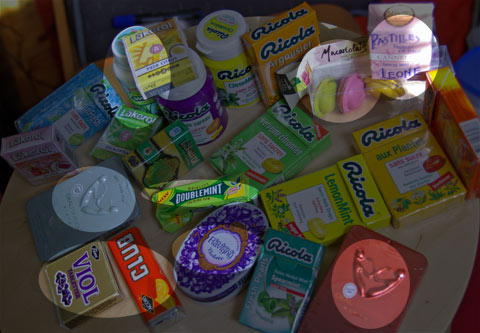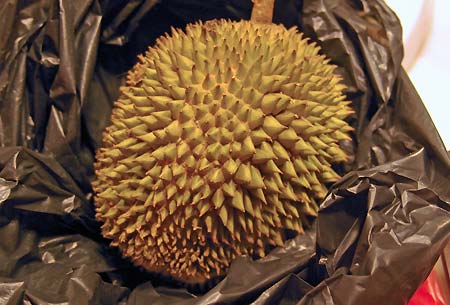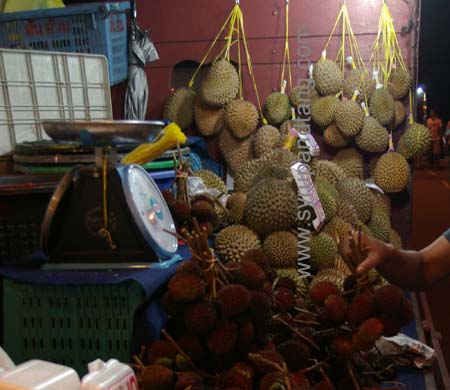Holidaying in San Francisco recently, it struck me how often the discourse about obtaining or finding good food is about how long you might have to wait to be served (or seated). The catalyst for this article was when we walked past an ice-cream parlour with a loooong queue down the street, and then a bakery which was packed to bursting point. For me, it was the opposite of what enjoying food should be about.
We had visited the Bi-Rite Creamery the night before and were – luckily – spared any queue. The young, hip staff were helpful and enthusiastic, while the flavours (of which we were permitted many tastes) were variable, from mundane to outstanding. Good, but we would never have queued around a neighbourhood block for it.

When we came to Tartine Bakery & Café, a block or two further on, the outdoor queue was more modest, but inside it seemed like a bazillion people were waiting to be served. The din escaping through the entrance was impressive. Why would you sit in a deafening space, cheek by jowl and buttock, for a Sunday lunch?
A few days earlier we had joined the lunchtime queues at the San Francisco Ferry Building Farmers Market. Long, long queues had formed in front of the pork-roll stand, the organic fried rice stand, the taco stand, etc etc. We weren’t sure if the food justified the queuing: the tacos were fresh and interesting, the fried rice distinctly dull. Maybe the pork rolls were truly deliciously long-queue-worthy. Maybe.
In Berlin (yes, change of country), on a cold and rainy evening we saw a queue of fifty people for a vegetarian kebab stand (Mustafas Gemüse Kebap, Mehringdamm), yet online reviews generally describe it as severely overrated and taking a bloody long time.
For me, a food experience should be enjoyable not just because of the food. There’s little joy in queuing twenty, thirty, forty-five minutes for a meal, when few meals are so delicious as to outweigh another more comfortable choice. I’d rather go to Chat Thai or Mamak in Sydney at 4.30pm than queue at conventional lunch or dinner time! I walked past a queue of fifteen people out the front of Shanghai Village in Melbourne last week. Maybe they’d all been reading Urbanspoon (rather than Eatability). Are cheap, cheap dumplings reason enough to queue for a while?
Last Sunday I lunched at Chef Lagenda in Newmarket, where there is often a wait, as with its neighbour Laksa King. I very much enjoy the food at both places, though the noise and wait can often be off-putting enough to push me round the corner to Chilli Padi.
There are only a few things I’ll consider queuing for more than about 10 minutes for: (1) superb patisserie from Pierre Hermé, Gérard Mulot, Pain de Sucre, or (2) macarons from Pierre Hermé or Ladurée, (3) fresh pasteís de nata from the Antíga Confeitaria de Belém, (4) some tourist trap I’ve been misled into believing is awwwwwesome, and (5) the last best hope for acceptable nourishment in a wasteland of fast food chains.
Now I know that many people do like to queue (or pack themselves in) for the newest or most novel or prettiest or most hyped, and sometimes even something outstandingly tasty, but if you are a happy queuer why does that inconvenience not deter you? How many times has the eating been so wonderful as to justify the wait, the noise or the squeeze-me-in experience?

















